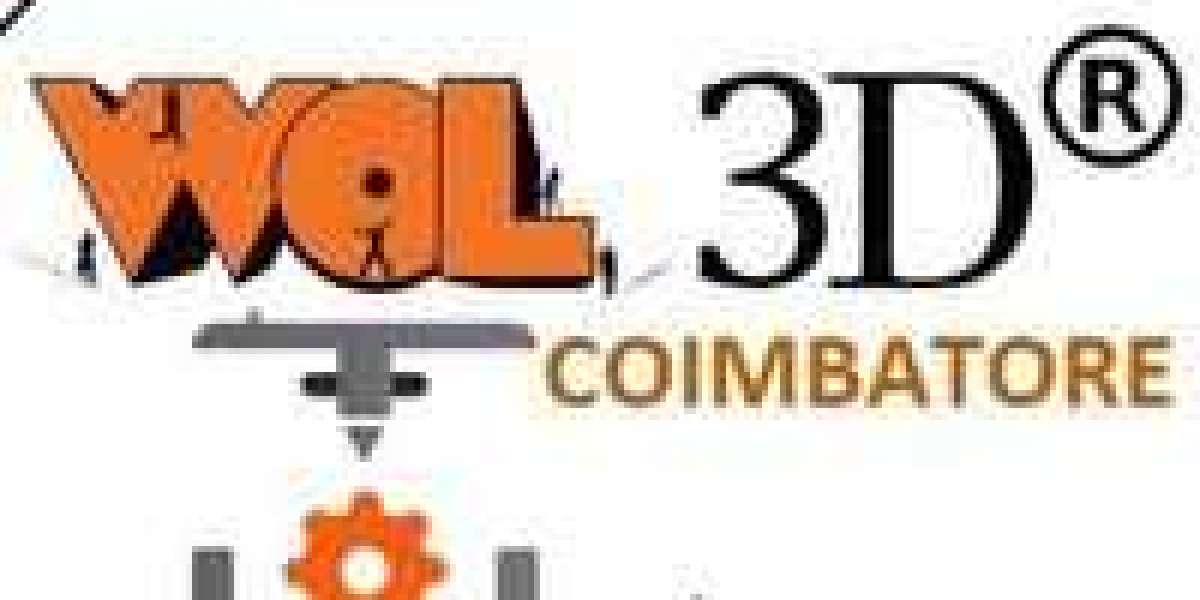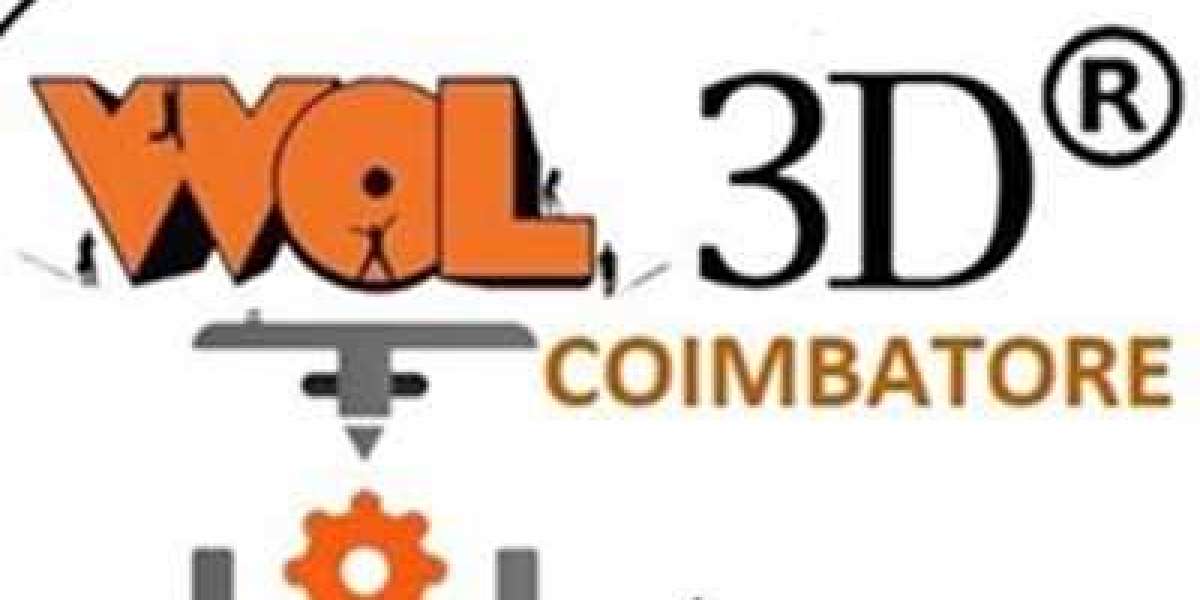In the realm of business accounting, mastering the intricate theories and concepts is paramount for students aiming to excel in their academic pursuits. Today, we delve into two master-level questions along with their comprehensive solutions, designed to sharpen your understanding and proficiency in the field of business accounting.
Question 1: Cost-Volume-Profit Analysis One fundamental aspect of managerial accounting is the utilization of cost-volume-profit (CVP) analysis to assess the relationship between costs, volume, and profits. Let's consider a scenario:
Scenario: A manufacturing company produces and sells a single product. The selling price per unit is $50, the variable cost per unit is $30, and fixed costs amount to $10,000. Determine the breakeven point in units and dollars.
Solution: To find the breakeven point in units, we can use the following formula: Breakeven Point (in units) = Fixed Costs / (Selling Price per Unit - Variable Cost per Unit) Breakeven Point = $10,000 / ($50 - $30) = 500 units
To find the breakeven point in dollars, we multiply the breakeven point in units by the selling price per unit: Breakeven Point (in dollars) = Breakeven Point (in units) * Selling Price per Unit Breakeven Point = 500 units * $50 = $25,000
Therefore, the breakeven point for the company is 500 units or $25,000 in sales.
Question 2: Activity-Based Costing Activity-based costing (ABC) is a method used to allocate overhead costs to products based on the activities they require. Consider the following scenario:
Scenario: A company produces two products, Product A and Product B. The total overhead costs are $50,000, and the activity cost drivers for each product are as follows:
- Product A: Number of setups - 100 setups
- Product B: Number of machine hours - 2,000 machine hours Calculate the overhead cost allocation rate for each activity cost driver.
Solution: To determine the overhead cost allocation rate for each activity cost driver, we divide the total overhead costs by the total activity level for each driver.
For Product A: Overhead Cost Allocation Rate = Total Overhead Costs / Number of Setups Overhead Cost Allocation Rate = $50,000 / 100 setups = $500 per setup
For Product B: Overhead Cost Allocation Rate = Total Overhead Costs / Number of Machine Hours Overhead Cost Allocation Rate = $50,000 / 2,000 machine hours = $25 per machine hour
Hence, the overhead cost allocation rates for Product A and Product B are $500 per setup and $25 per machine hour, respectively.
In conclusion, mastering advanced concepts in business accounting, such as cost-volume-profit analysis and activity-based costing, is essential for students pursuing excellence in their academic endeavors. By understanding the theories behind these concepts and practicing solving complex questions, students can develop the skills necessary to navigate real-world accounting challenges effectively. If you're seeking further assistance or guidance to do your business accounting, our experts at DoMyAccountingAssignment.com are here to help. Whether it's understanding advanced theories or tackling complex assignments, we've got you covered.







